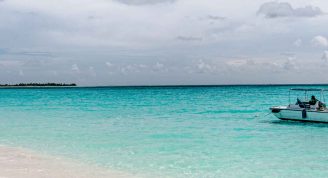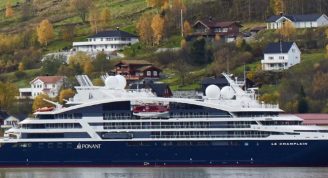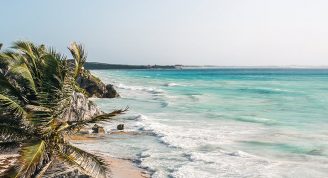Description
Unique, immersive style of travel
The Sea of Cortez in spring is among the best times and places to see a great variety of whales—humpback, sperm, fin, Bryde’s, and blue whales—plus large aggregations of dolphins. Sail the Sea of Cortez, exploring its many islands free from tourist infrastructure and designated a UNESCO World Heritage site. An expedition of pure discovery, a flexible itinerary means we’re free to follow the seasonal movements of wildlife to optimize sightings.
An itinerary designed to follow the wildlife
We rely on our 35 years of experience in the region and expert local knowledge of wildlife movements to seek out rare encounters with marine mammals. If we see Bryde’s whales in the morning, our scheduled hike will be postponed so we can linger among them, shooting photos from the bow of our ship, or from our expedition landing craft. You’ll discover a stimulating sense of adventure on each day of your expedition.
One of the best places on Earth to see marine mammals
The Sea of Cortez is host to an incredibly diverse population of marine mammals—and we know where to find them. You may see fin, pilot, Bryde’s, sperm, or possibly, even blue whales. Part of the joy of an expedition is standing on deck with binoculars in hand watching for whale spouts—visible from very far on calm days. See the wildlife of Baja & the Sea of Cortez.
Every day is active and engaging
You’ll be able to hike through forests of towering cacti and up striking desert canyons. You’ll take expedition landing craft along the shore to see and shoot photos of plunge-diving pelicans and blue-footed boobies, and you’ll have the option to walk or kayak, and to join a different naturalist as you choose: there are no assigned groups.
Travel in excellent company
Explore under the sure guidance of an expedition leader, six veteran naturalists, including two National Geographic certified photo instructors and an undersea specialist, plus a wellness specialist. Their knowledge and passion for Baja California is the key to your once-in-a-lifetime experience.














